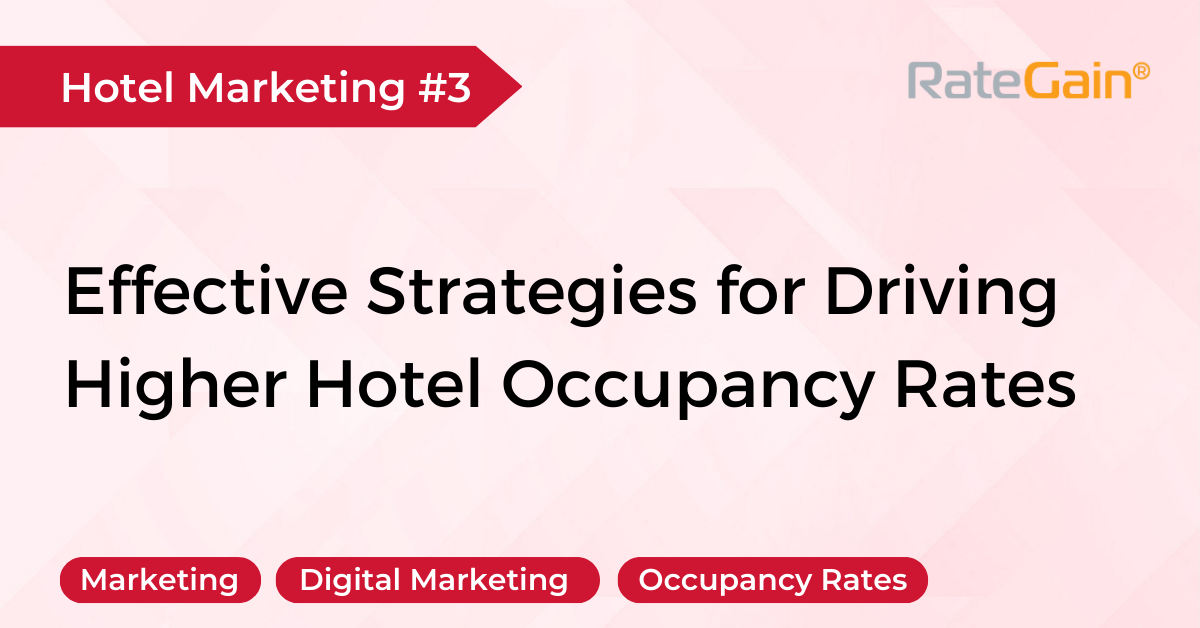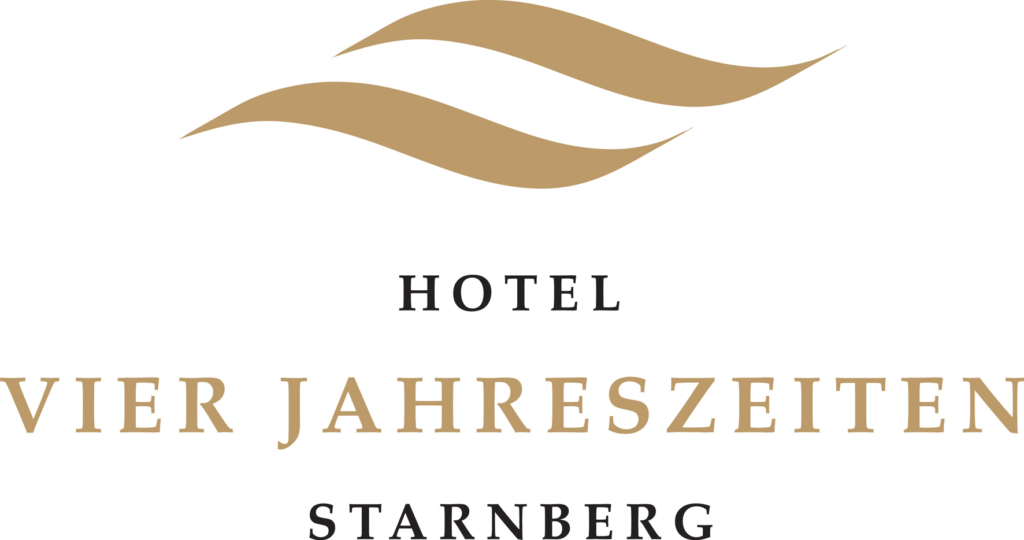Driving higher hotel occupancy rates is crucial for the success and profitability of any hotel. Hotels need to enhance their visibility, engage with guests, and create memorable experiences that lead to higher occupancy rates and improved profitability.
And that can be achieved by adjusting your marketing strategy, increasing guest value, working with revenue managers, targeting new audiences, focusing on repeat guests, leveraging digital marketing, and investing in employee technology, you can optimize your hotel’s occupancy rates and drive revenue growth.
Let us delve deeper into these proven strategies to attract guests and maximize bookings.
-
Adjust your marketing strategy for periods of low demand and seasonal demand
During periods of low demand and seasonal fluctuations, it is crucial for hotels to adapt their marketing strategies to stay competitive and attract guests. By understanding the unique challenges and opportunities presented during these times, hotels can implement targeted marketing initiatives to drive occupancy rates.
-
Understanding demand fluctuations
- Analyzing market trends and demand patterns.
- Identifying periods of low demand and seasonal demand.
-
Tailoring marketing efforts
- Creating targeted promotional campaigns and offers.
- Optimizing the marketing mix to reach potential guests effectively.
-
-
Increasing Value for Your Guests
Providing value-added experiences and amenities is key to attracting and retaining guests. By going the extra mile and offering special packages, investing in guest services and staff training, incorporating in-demand amenities, and leveraging local partnerships, hotels can enhance the value proposition for guests and differentiate themselves in the market.
-
Enhancing value with specials and packages
- Creating attractive packages with added value.
- Including perks like complimentary breakfast or spa services.
- Offering local attraction tickets.
-
Investing in guest services and staff training
- Enhancing guest experiences by providing exceptional customer service.
- Training staff to be knowledgeable, friendly, and attentive to guest needs.
-
Adding in-demand amenities
- Identifying amenities that are in high demand and align with guest preferences.
- Offering amenities amenities such as a fitness center, business center, or pet-friendly services.
-
Capitalizing on location
- Engaging with local Convention and Visitors Bureaus (CVBs) or Destination Marketing Organizations (DMOs).
- Partnering with them to promote specific activities or amenities that highlight your location’s appeal.
-
-
Working with Revenue Managers
Collaborating with a revenue manager is essential for optimizing hotel occupancy rates. By leveraging historical data and business intelligence, implementing dynamic pricing strategies, effectively managing inventory across channels, encouraging direct bookings, and forging partnerships with complementary brands, hotels can optimize revenue generation and occupancy levels.
-
Leveraging historical hotel data and business intelligence
- Analyzing past performance data to identify trends and patterns.
- Using business intelligence tools for informed decision-making about pricing and inventory management.
-
Implementing a dynamic pricing strategy
- Implementing a dynamic pricing strategy based on market demand, competitor analysis, and seasonality.
- Optimizing rates to attract bookings and maximize revenue.
-
Improving inventory management with technology
- Utilizing channel management systems to manage inventory across multiple online channels.
- Partnering with Online Travel Agencies (OTAs) and Metasearch platforms to expand reach.
-
Encouraging direct bookings
- Offering exclusive discounts or perks for direct bookings.
- Streamlining the reservation process with a user-friendly booking engine.
-
Partnering with other brands
- Collaborating with airlines, travel agencies, and conference centers.
- Establishing referral programs to expand customer reach.
-
-
Driving Higher Occupancy Rates with New Target Audiences
Expanding into new markets and targeting specific audiences through engaging events and group business initiatives can significantly boost hotel occupancy rates. By identifying untapped market segments, tailoring marketing efforts to their preferences, and developing strategic partnerships, hotels can attract a diverse range of guests and maximize bookings.
-
Expanding into new markets
- Conducting market research to identify new target markets with high growth potential.
- Tailoring marketing efforts to attract and engage with these audiences.
-
Creating engaging events for specific audiences
- Hosting events that cater to specific groups such as corporate gatherings, weddings, or niche interest groups.
- Promoting the hotel as a preferred venue for specialized events to attract attendees and drive bookings.
-
Attracting group business
- Developing packages and services tailored to meet the needs of corporate groups, wedding parties, or other event organizers.
- Partnering with event planners to promote the hotel as a preferred choice.
-
-
Focusing on Repeat Guests
Repeat guests are valuable assets for any hotel. By implementing remarketing strategies, offering loyalty discounts, and providing personalized experiences, hotels can cultivate guest loyalty, drive repeat bookings, and increase occupancy rates.
-
Implementing remarketing strategies
- Implementing remarketing campaigns to reconnect with past guests and encourage return visits.
- Offering personalized incentives, exclusive offers, or loyalty rewards to drive repeat bookings.
-
Providing loyalty discounts
- Establishing a loyalty program that rewards repeat guests with discounts, upgrades, or special perks.
- Fostering long-term relationships with loyal guests by providing exceptional service and personalized experiences.
-
-
Leveraging Digital Marketing and Technology
Embracing digital marketing and leveraging technology can greatly enhance a hotel’s brand awareness and engagement. Through effective email marketing campaigns, strategic social media initiatives, and proactive online reputation management, hotels can reach a wider audience, build brand loyalty, and drive bookings.
-
-
Utilizing email marketing
- Building an email database and engaging with potential guests.
- Sending targeted offers, promotions, and newsletters.
-
Harnessing the power of social media
- Establishing a strong social media presence to interact with a wider audience.
- Sharing engaging content, running targeted ad campaigns, and responding to followers.
-
Managing online reputation
- Monitoring and responding to online reviews and feedback.
- Implementing reputation management strategies to maintain a positive image.
-
Read How To: Drive More Bookings with Hotel Digital Marketing
-
-
Investing in Technology for Your Employees
Equipping hotel staff with modern technology tools and systems streamlines operations and enhances guest experiences. From efficient check-in processes to seamless housekeeping and maintenance operations, investing in employee technology empowers staff to deliver exceptional service, leading to higher guest satisfaction and increased occupancy rates.
Driving higher hotel occupancy rates requires a comprehensive and strategic approach. Employing these strategies, hotels can position themselves for success in a competitive market and drive more bookings.
 Deutsch
Deutsch Português
Português Italiano
Italiano Espanol
Espanol čeština
čeština ไทย
ไทย Français
Français


